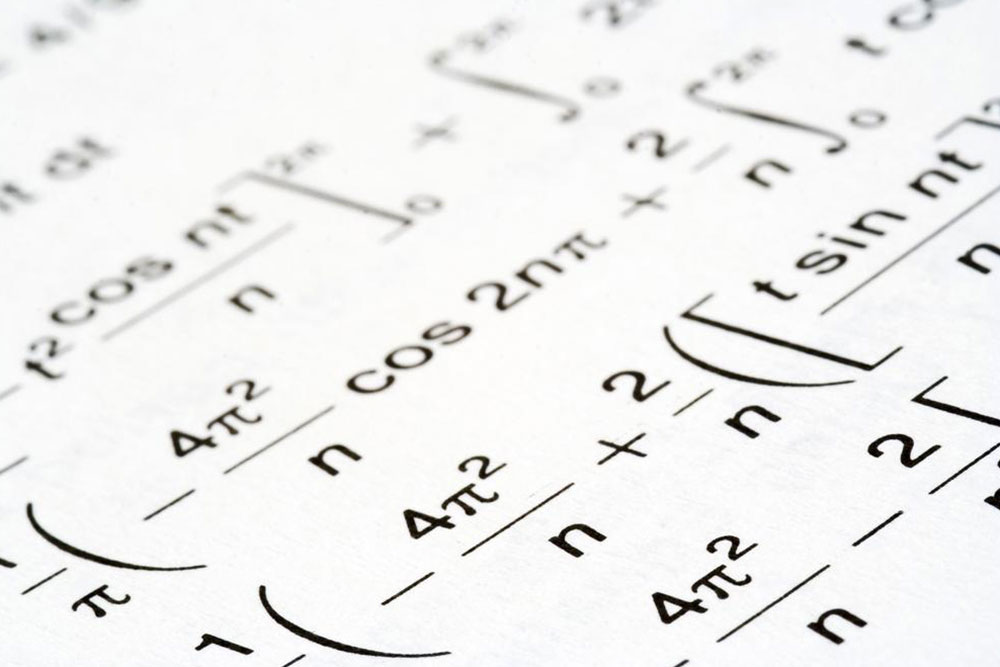History of mathematical symbols
The history of mathematical notation includes its commencement, progress and further cultural diffusion. There were conflict of methods of notations. The history includes multicultural and lingual including Roman, Greek, Hebrew, German, Hindu, Arabic and German alphabets. These host of mathematical symbols were developed in the due course of centuries. The ones that gained popularity are the ones you see in today’s world (original notations might still be used in the native grounds that they originated from).

The development of mathematical notations can be divided into stages that have been listed below.
Rhetorical stage
The rhetorical stage is where calculations were performed by words and there were no use of symbols. The rhetorical stage had mathematical notations that were based on distinctive features like symbols having local as well as intrinsic values. The mathematical notations originated from the real world problems even before the underlying rules and concepts were identified and defined as abstract structures. Geometry, for example, has its origin from calculating the distances and areas in the world. The Egyptians had symbols for basic operations. Legs going forward represented addition, and legs going backward meant subtraction. People from Mesopotamian had symbols for each power of ten. They are one of those cultures that wrote their numbers just like it is written in the modern times. For example, instead of having symbols for higher notation of a degree of number, they would just put the coefficient of that number. By the year 800 BC, they had created a symbol for zero and it acted as a placeholder.
Syncopated stage
Plato’s work has been strong especially in the field of mathematics. His work helped distinguish between pure and applied mathematics. The Greek mathematics refined the methods by introducing deductive reasoning and expanded the subject matter of mathematics.
The Milesian numeration
The Greeks employed a mathematical numeration which was based on system of the Egyptian. It was later adapted by Romans. The Greek numerals denoted four as four vertical lines. The symbol to denote number five was the symbol (pi) for the Greeks. Ten was represented by a triangle and the word for ten was Deca (hence the name decimal).